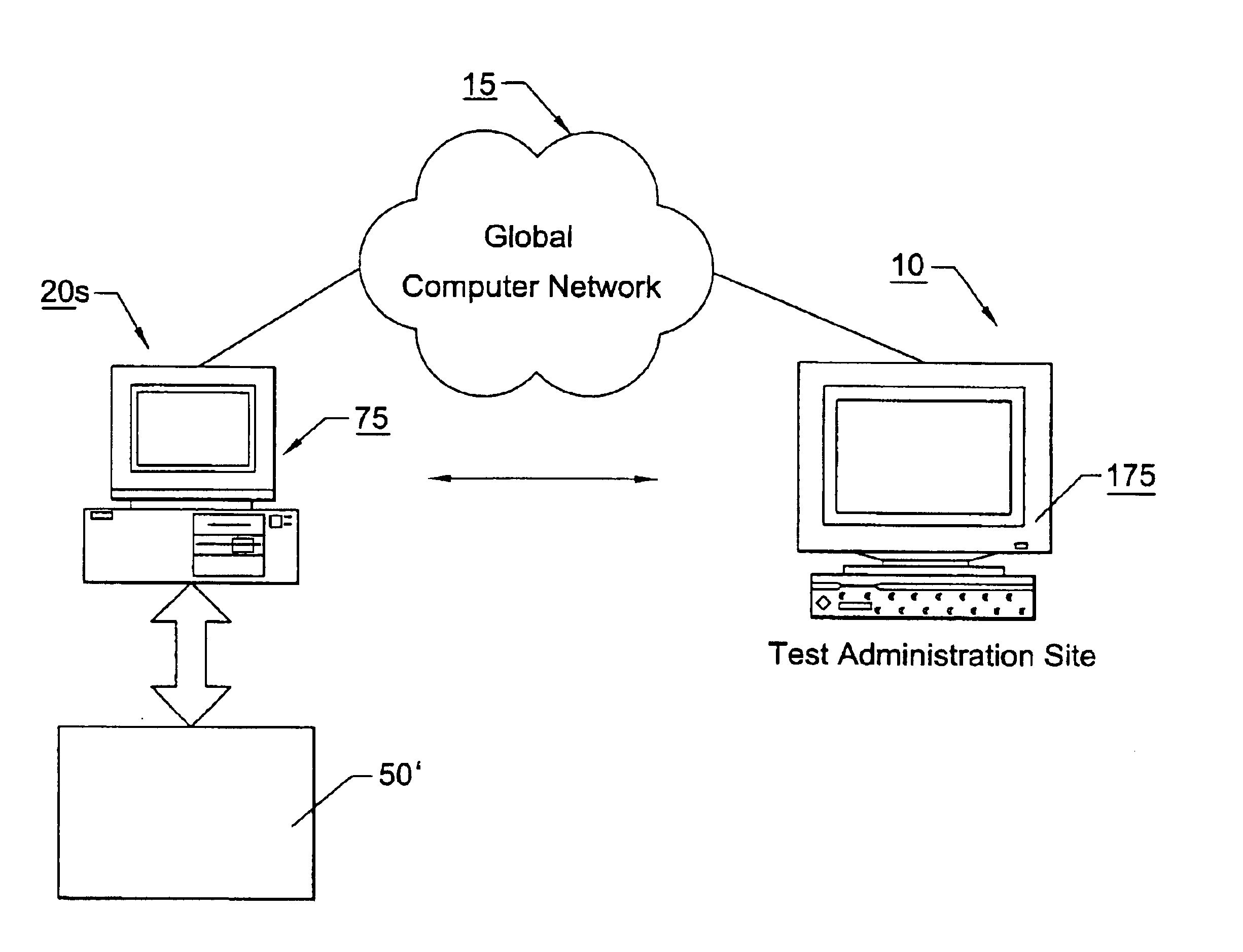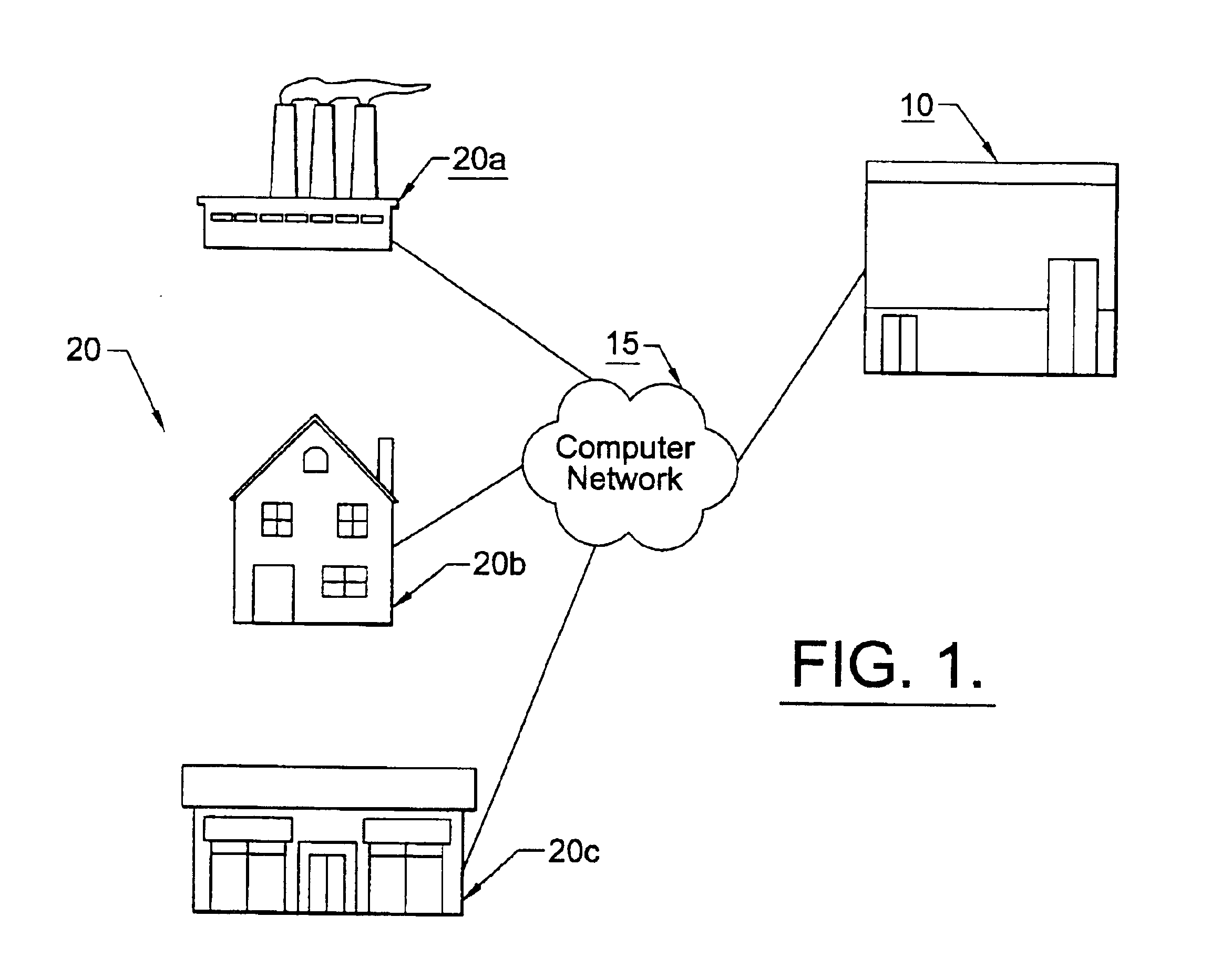Systems, methods and products for diagnostic hearing assessments distributed via the use of a computer network
a computer network and hearing assessment technology, applied in the field of hearing evaluation systems, can solve the problems of screening not being a diagnostic hearing test, time-consuming, burdensome in the clinic or office setting, and not meeting the requirements of the tes
- Summary
- Abstract
- Description
- Claims
- Application Information
AI Technical Summary
Benefits of technology
Problems solved by technology
Method used
Image
Examples
examples
[0115]A pilot study was performed on 30 adult subjects (one ear per adult) to test the reliability and validity of the web-based system. This study consisted of a double-blind protocol. The investigators performed two standard pure-tone hearing threshold tests. One test was performed with a standard onsite audiometer and another test was performed with a computer web-based system of assessing hearing thresholds according to embodiments of the present invention. The participants received these tests “blind” to the examiner, as well as to which equipment was being used. The participants were placed behind a partition during the use of the standard audiometer. The participants were placed in a separate room during the use of the web-based hearing assessment. The participants received pure tones of 250, 500, 1000, 2000, 3000, 4000, 6000, and 8000 Hz at levels of 0 to 90 dB hearing level. These are standard acoustic stimulations during hearing assessment. The participant was asked to pus...
PUM
 Login to View More
Login to View More Abstract
Description
Claims
Application Information
 Login to View More
Login to View More - R&D
- Intellectual Property
- Life Sciences
- Materials
- Tech Scout
- Unparalleled Data Quality
- Higher Quality Content
- 60% Fewer Hallucinations
Browse by: Latest US Patents, China's latest patents, Technical Efficacy Thesaurus, Application Domain, Technology Topic, Popular Technical Reports.
© 2025 PatSnap. All rights reserved.Legal|Privacy policy|Modern Slavery Act Transparency Statement|Sitemap|About US| Contact US: help@patsnap.com



